Page 129 of 164
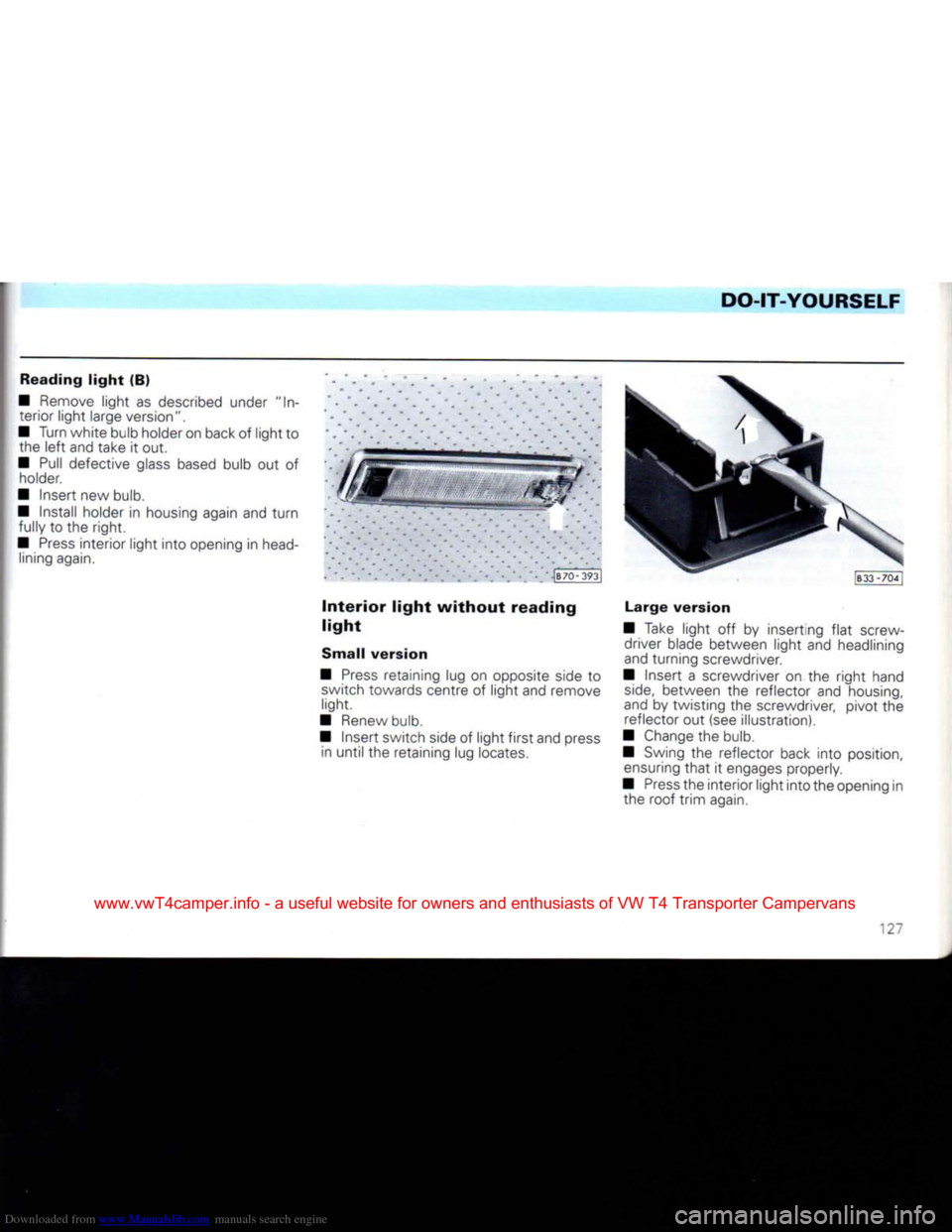
Downloaded from www.Manualslib.com manuals search engine
DO-IT-YOURSELF
Reading
light
(B)
• Remove
light
as described under "In terior
light
large version".
• Turn white bulb holder on back of
light
to the
left
and take it out.
• Pull defective glass based bulb out of holder.
•
Insert
new bulb.
• Install holder in housing again and
turn
fully to the
right.
•
Press
interior
light
into
opening in head lining again.
Interior
light
without
reading
light
Small
version
•
Press
retaining lug on opposite side to switch towards centre of
light
and remove
light.
• Renew bulb.
•
Insert
switch side of
light
first
and press in
until
the retaining lug locates.
Large
version
• Take
light
off by inserting
flat
screw driver blade between
light
and headlining
and turning screwdriver.
•
Insert
a screwdriver on the
right
hand
side,
between the reflector and housing,
and by twisting the screwdriver, pivot the reflector out (see illustration).
• Change the bulb.
• Swing the reflector back
into
position, ensuring
that
it engages properly.
•
Press
the interior
light
into
the opening in the roof
trim
again.
127
www.vwT4camper.info - a useful website for owners and enthusiasts of VW T4 Transporter Campervans
Page 130 of 164

Downloaded from www.Manualslib.com manuals search engine
DO-IT-YOURSELF
Adjusting
headlights
I he setting of the headlights is very import
ant to traffic safety. The adjustment should
tnerefore only be done
with
a special
appliance.
Note official regulations when
setting headlights.
On vehicles
with
beam
control* the
knurled disc on the instrument panel must
be
in the
basic
position (-).
Both illustrations show the adjustment on
the
right
hand headlight. On the
left
hand headlight the adjustment is symmetrically
opposite.
Main
headlights
The
headlights are adjusted from the
front
with
a suitable Phillips screwdriver
(from
ve
hicle
tools). The bonnet must be released or
open..
A
- Vertical adjustment
Turning clockwise lowers the headlights.
B
- Lateral adjustment
PIPS
|B7Q-
)55|
Fog
lights*
The
front
foglights are adjusted by a knurled
wheel mounted on the foglight behind the bumper. To adjust, push the
flat
end of a
screwdriver through the opening adjacent
to the foglight (see Fig.) and rotate knurled
wheel.
On
vehicles without a spoiler the knurled
wheel can also be turned by hand.
To
reduce the beam range,
turn
screwtothe
left.
128
www.vwT4camper.info - a useful website for owners and enthusiasts of VW T4 Transporter Campervans
Page 131 of 164
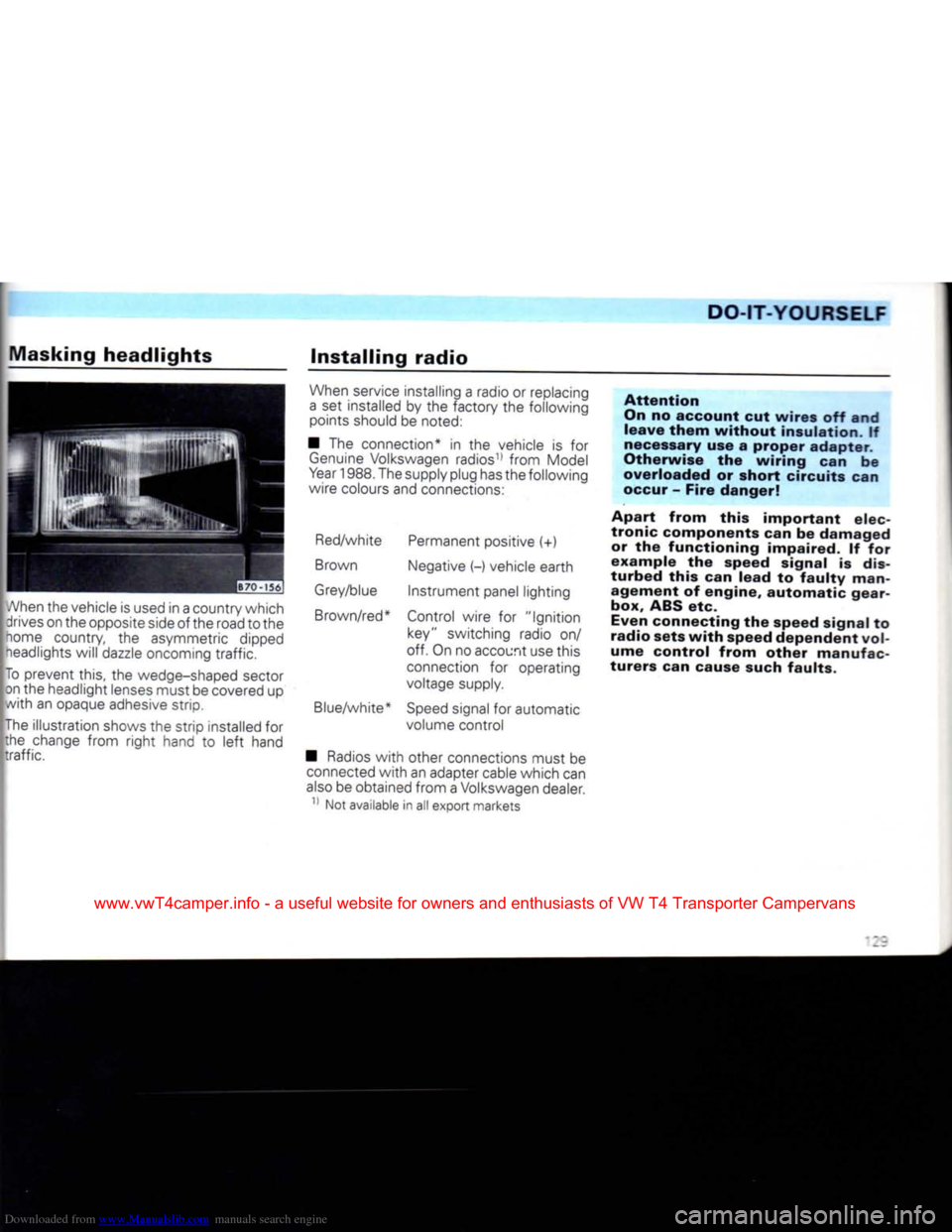
Downloaded from www.Manualslib.com manuals search engine
DO-IT-YOURSELF
Masking
headlights
When the vehicle is used in a country which drives on the opposite side
of
the road to the
home country,
the
asymmetric dipped neadlights
will
dazzle oncoming
traffic.
To prevent this,
the
wedge-shaped sector on the headlight lenses must be covered
up
with
an
opaque adhesive strip.
The illustration shows
the
strip installed
for
the change
from
right
hand
to
left
hand
traffic.
Installing
radio
When service installing
a
radio
or
replacing
a
set
installed
by the
factory
the
following points should
be
noted:
•
The
connection*
in the
vehicle
is for
Genuine
Volkswagen radios11
from
Model
Year
1988. The supply plug has the following
wire colours and connections:
Red/white Permanent positive
(+)
Brown Negative
(-)
vehicle earth
Grey/blue
Instrument
panel lighting
Brown/red* Control wire
for
"Ignition
key" switching radio
on/
off. On no account use this
connection
for
operating
voltage supply.
Blue/white*
Speed
signal
for
automatic volume control
•
Radios
with
other connections must
be
connected
with
an adapter cable which can
also
be obtained
from
a Volkswagen dealer.
11 Not available
in all
export markets
Attention
On
no account cut wires off and
leave
them
without
insulation. If
necessary
use a proper adapter.
Otherwise the wiring can be
overloaded or short circuits can
occur
- Fire danger!
Apart from this important elec
tronic components can be damaged or the functioning impaired. If for
example the speed signal is
dis
turbed this can lead to
faulty
man agement of engine, automatic gearbox, ABS etc.
Even
connecting the speed signal to
radio sets
with
speed dependent
vol
ume control from other manufac
turers can cause
such
faults.
www.vwT4camper.info - a useful website for owners and enthusiasts of VW T4 Transporter Campervans
Page 132 of 164
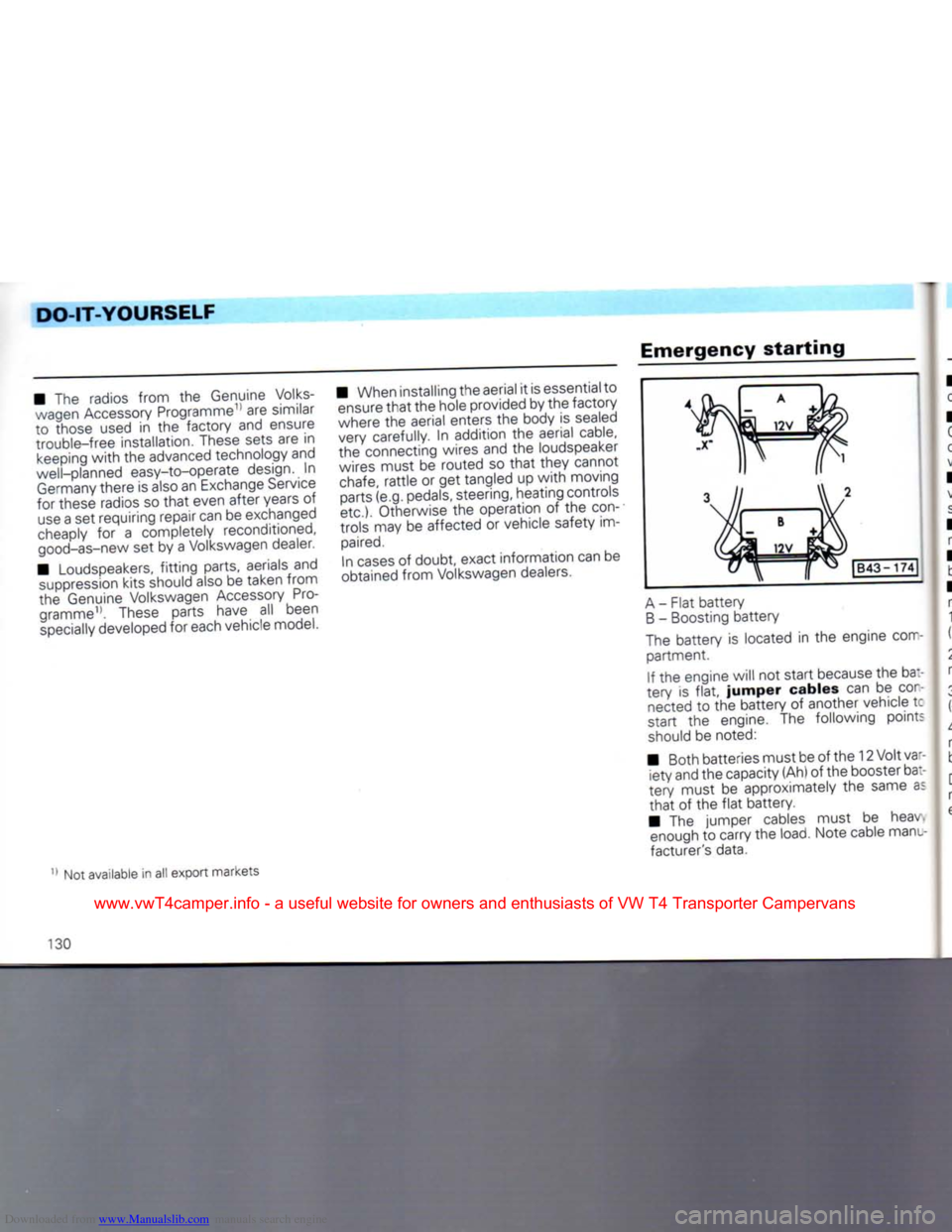
Downloaded from www.Manualslib.com manuals search engine
DO-IT-YOURSELF
• The radios from the Genuine Volks wagen Accessory Programme11 are similar
to those used in the factory and ensure
trouble-free installation. These sets are in keeping
with
the advanced technology and
well-planned easy-to-operate design. In
Germany
there is also an Exchange Service
for these radios so
that
even after years of
use
a set requiring repair can be exchanged
cheaply
for a completely reconditioned,
good-as-new
set by a Volkswagen dealer.
• Loudspeakers,
fitting
parts, aerials and
suppression
kits should also be taken from
the Genuine Volkswagen Accessory
Pro
gramme11. These parts have all been
specially
developed for each vehicle model. • When installing the aerial it is essential to
ensure
that
the hole provided by the factory
where the aerial enters the body is sealed
very carefully. In addition the aerial cable,
the connecting wires and the loudspeaker
wires must be routed so
that
they cannot
chafe,
rattle
or get tangled up
with
moving parts (e.g. pedals, steering, heating controls
etc.). Otherwise the operation of the
con
trols may be affected or vehicle safety im
paired.
In
cases
of doubt, exact information can be
obtained from Volkswagen dealers.
Emergency
starting
|B43-
174[
A
- Flat battery
B
- Boosting battery
The battery is located in the engine com partment.
If the engine will not start because the ba:-
tery is
flat,
jumper
cables can be
con
nected to the battery of another vehicle tc
start the engine. The following points
should be noted:
• Both batteries must be of the 12 Volt var iety and the capacity (Ah) of the booster bat
tery must be approximately the same as
that
of the
flat
battery.
• The jumper cables must be heav enough to carry the load. Note cable manu
facturer's data.
Not available in all export markets
130
www.vwT4camper.info - a useful website for owners and enthusiasts of VW T4 Transporter Campervans
Page 133 of 164
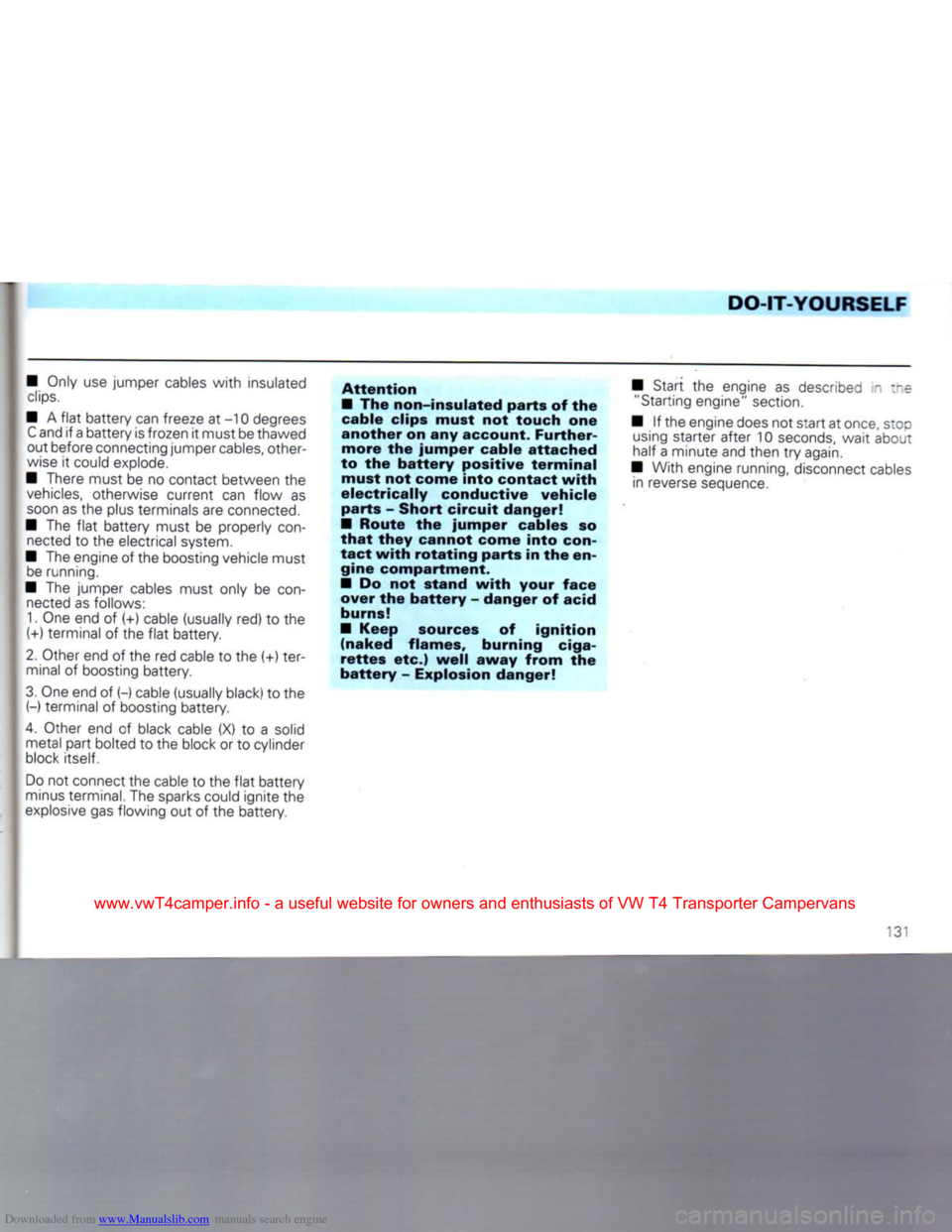
Downloaded from www.Manualslib.com manuals search engine
DO-IT-YOURSELF
• Only
use
jumper cables
with
insulated
clips.
•
A
flat
battery can freeze
at
-10 degrees
C
and
if
a battery is frozen
it
must be thawed
out before connecting jumper
cables,
other
wise
it
could explode.
• There must
be no
contact between
the
vehicles,
otherwise current
can
flow
as
soon
as
the
plus terminals are connected.
•
The
flat
battery must
be
properly
con
nected
to the
electrical system.
• The engine
of
the boosting vehicle must be running.
•
The
jumper cables must only
be
con
nected as follows:
1. One end
of (+)
cable (usually red)
to the
(+)
terminal
of
the
flat
battery.
2.
Other end
of
the red cable
to the (+)
ter
minal
of
boosting battery.
3.
One end
of (-)
cable (usually black)
to the (-)
terminal
of
boosting battery.
4.
Other
end of
black cable
(X) to a
solid metal part bolted
to
the block
or to
cylinder
block itself.
Do
not
connect the cable
to
the
flat
battery
minus terminal. The sparks could ignite
the
explosive
gas flowing
out of the
battery.
Attention
•
The non-insulated parts of the
cable clips must not touch one
another on any account. Further more the jumper cable attached
to the
battery
positive terminal must not come into contact
with
electrically conductive vehicle parts - Short circuit danger!
•
Route the jumper cables so
that
they cannot come into
con
tact
with
rotating parts in the en gine compartment.
•
Do not stand
with
your face
over the
battery
- danger of acid
burns!
•
Keep sources of ignition (naked flames, burning
ciga
rettes
etc.)
well
away from the
battery
- Explosion danger!
• Start
the
engine
as
described
in the
"Starting engine" section.
•
If
the engine does not start
at
once, stop using starter after
10
seconds, wait about
half
a
minute and then
try
again.
• With engine running, disconnect cables in reverse sequence.
-.3'
www.vwT4camper.info - a useful website for owners and enthusiasts of VW T4 Transporter Campervans
Page 134 of 164
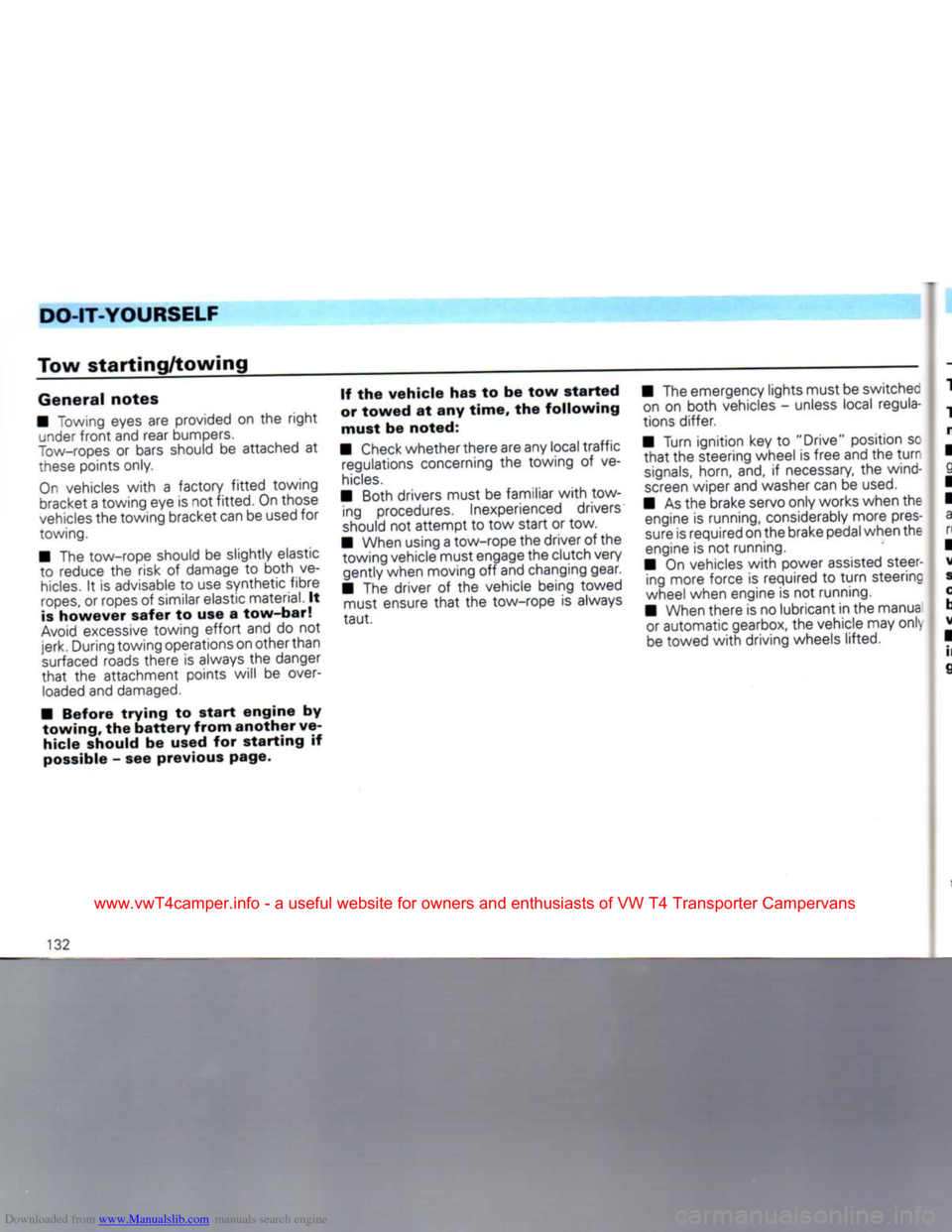
Downloaded from www.Manualslib.com manuals search engine
DO-IT-YOURSELF
Tow
starting/towing
General
notes
• "owing eyes are provided on the
right
under
front
and rear bumpers.
Tow-ropes
or bars should be attached at
these
points only.
On
vehicles
with
a factory
fitted
towing bracket a towing eye is not fitted. On those
vehicles
the towing bracket can be used for
towing.
• The tow-rope should be slightly elastic to reduce the risk of damage to both ve
hicles.
It is advisable to use synthetic fibre
ropes,
or ropes of similar elastic material. It
is
however
safer
to use a
tow-bar!
Avoid
excessive towing
effort
and do not
jerk.
During towing operations on other than
surfaced
roads there is always the danger
that
the attachment points will be over
loaded
and damaged.
•
Before
trying
to
start
engine
by
towing,
the
battery
from
another
ve
hicle
should be used for
starting
if
possible - see previous page. If the
vehicle
has to be tow
started
or
towed
at any
time,
the
following
must
be noted:
•
Check
whether there are any local traffic regulations concerning the towing of ve
hicles.
• Both drivers must be familiar
with
tow ing procedures. Inexperienced drivers
should
not attempt to tow start or tow.
• When using a tow-rope the driver of the towing vehicle must engage the clutch very gently when moving off and changing gear.
• The driver of the vehicle being towed must ensure
that
the tow-rope is always
taut.
• The emergency lights must be switchec
on on both vehicles - unless local regula
tions differ.
• Turn ignition key to "Drive" position sc
that
the steering wheel is free and the
turr
signals,
horn, and, if necessary, the wind
screen
wiper and washer can be
used.
• As the brake servo only works when the engine is running, considerably more pres
sure
is required on the brake pedal when the
engine is not running.
• On vehicles
with
power assisted steer ing more force is required to
turn
steering
wheel when engine is not running.
• When there is no lubricant in the manua or automatic gearbox, the vehicle may only
be
towed
with
driving wheels lifted.
132
www.vwT4camper.info - a useful website for owners and enthusiasts of VW T4 Transporter Campervans
Page 135 of 164
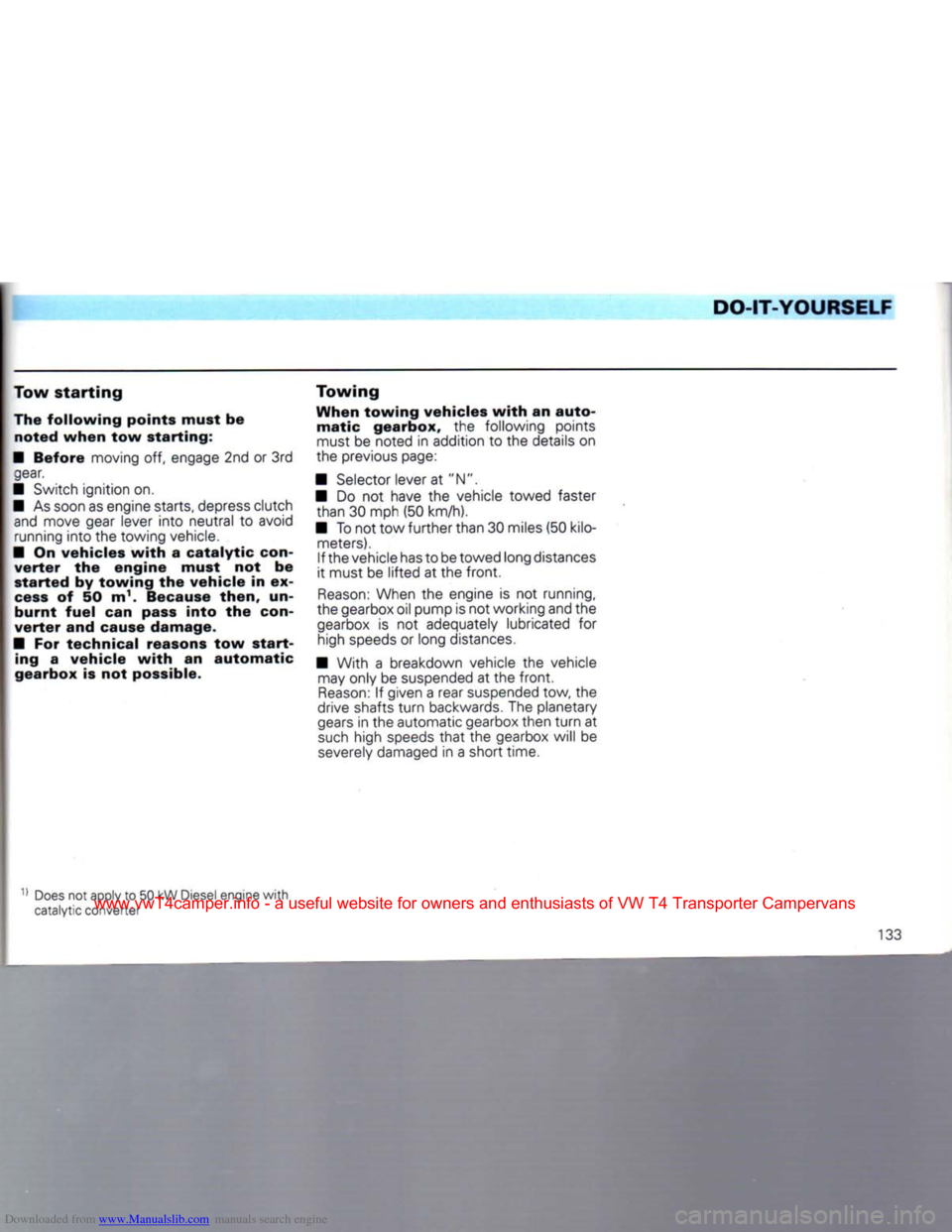
Downloaded from www.Manualslib.com manuals search engine
DO-IT-YOURSELF
Tow
starting
The
following
points
must
be
noted
when
tow
starting:
•
Before
moving off, engage 2nd or 3rd gear.
• Switch ignition on.
• As soon as engine starts, depress clutch and move gear lever
into
neutral to avoid running
into
the towing vehicle.
• On
vehicles
with
a
catalytic
con
verter
the
engine
must
not be
started
by
towing
the
vehicle
in ex
cess of 50 m1. Because
then,
un-
burnt
fuel
can pass
into
the con
verter
and cause
damage.
• For
technical
reasons tow
start
ing a
vehicle
with
an
automatic
gearbox
is not possible.
Towing
When
towing
vehicles
with
an
auto
matic
gearbox,
the following points must be noted in addition to the details on
the previous page:
• Selector lever at "N".
• Do not have the vehicle towed faster than 30 mph (50 km/h).
• To not tow
further
than 30 miles (50 kilo meters). If the vehicle has to be towed long distances
it must be
lifted
at the
front.
Reason:
When the engine is not running,
the gearbox oil pump is not working and the
gearbox is not adequately lubricated for high speeds or long distances.
• With a breakdown vehicle the vehicle may only be suspended at the
front.
Reason:
If given a rear suspended tow, the
drive shafts
turn
backwards. The planetary
gears
in the automatic gearbox then
turn
at
such
high speeds
that
the gearbox will be
severely
damaged in a short time.
Does
not apply to 50 kW Diesel engine
with
catalytic converter
133
www.vwT4camper.info - a useful website for owners and enthusiasts of VW T4 Transporter Campervans
Page 136 of 164
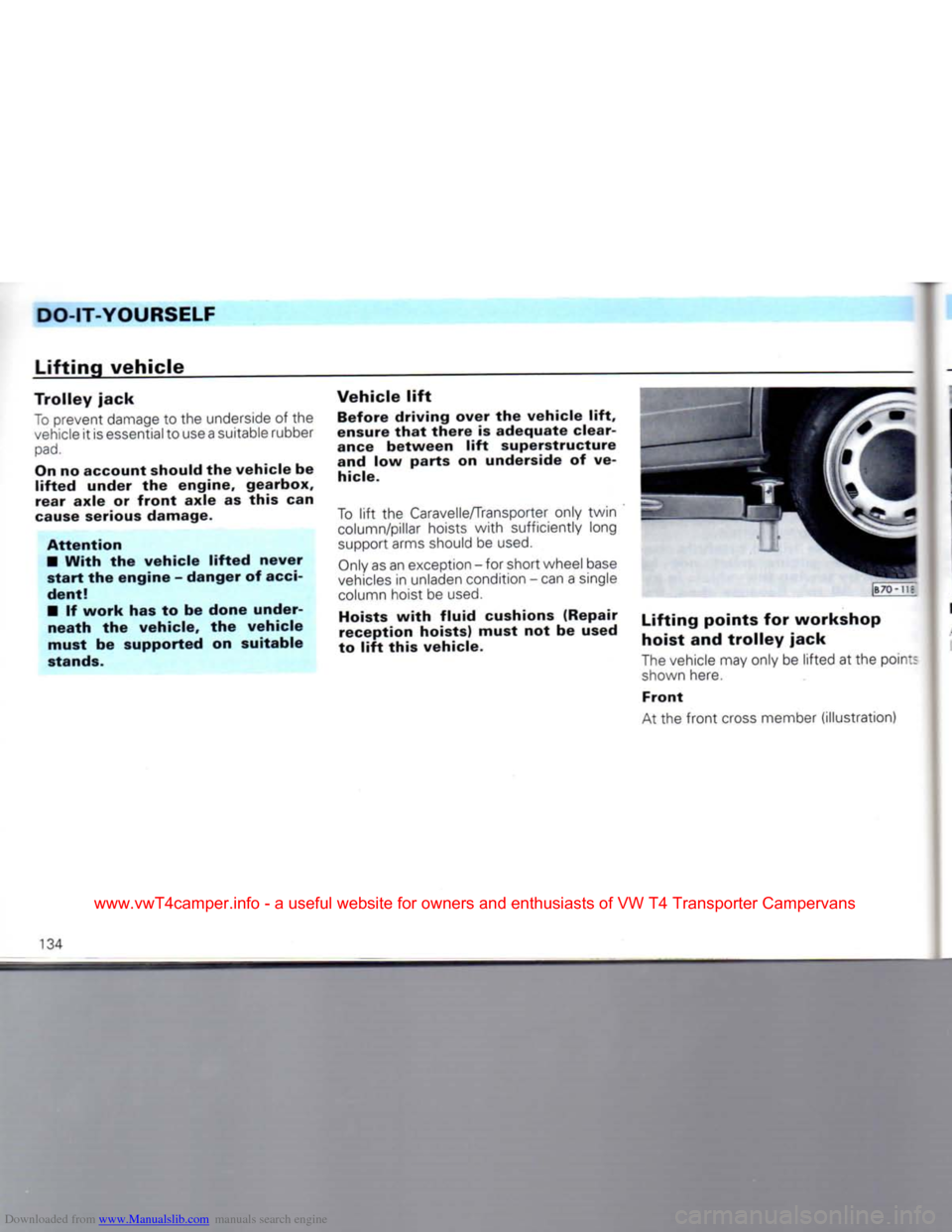
Downloaded from www.Manualslib.com manuals search engine
DO-IT-YOURSELF
Lifting
vehicle
Trolley
jack
To
prevent damage to the underside of the vehicle it is essential to use
a
suitable rubber
On
no account should the vehicle be
lifted
under the engine, gearbox,
rear axle or
front
axle as this can
cause
serious damage.
Attention
• With the vehicle
lifted
never start the engine - danger of
acci
dent!
• If work has to be done under neath the vehicle, the vehicle
must be supported on suitable
stands.
Vehicle
lift
Before driving over the vehicle
lift,
ensure
that
there is adequate clear
ance
between
lift
superstructure
and low parts on underside of ve
hicle.
To
lift
the Caravelle/Transporter only
twin
column/pillar hoists
with
sufficiently long
support arms should be
used.
Only
as an exception - for short wheel base
vehicles
in unladen condition - can a single
column hoist be
used.
Hoists
with
fluid cushions (Repair reception hoists) must not be used
to
lift
this vehicle.
Lifting
points
for
workshop
hoist
and
trolley
jack
The vehicle may only be
lifted
at the poin:
shown here.
Front
At the
front
cross member (illustration) At
us
134
www.vwT4camper.info - a useful website for owners and enthusiasts of VW T4 Transporter Campervans
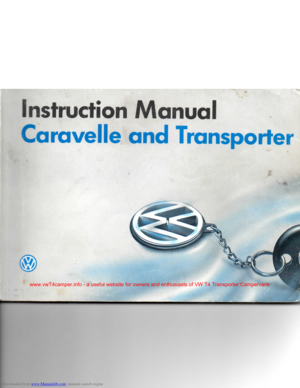 1
1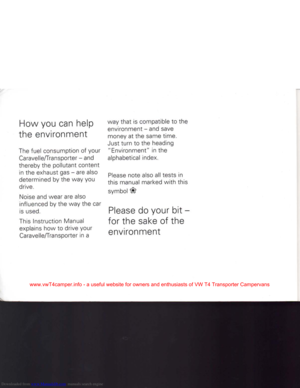 2
2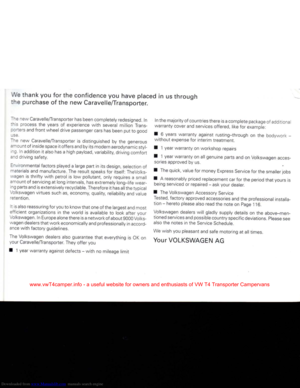 3
3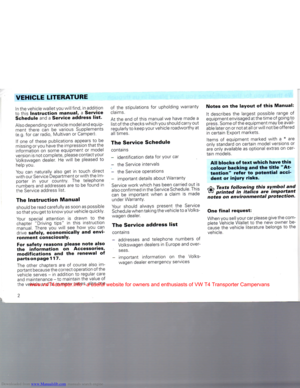 4
4 5
5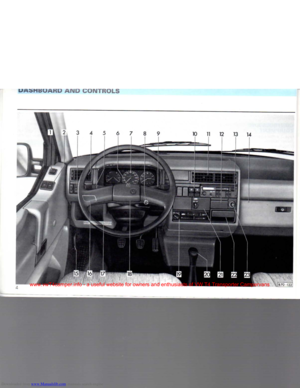 6
6 7
7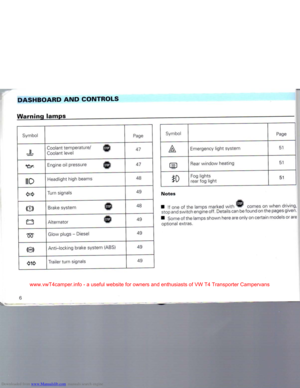 8
8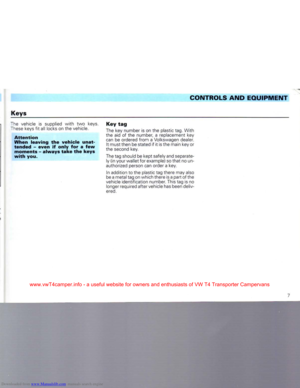 9
9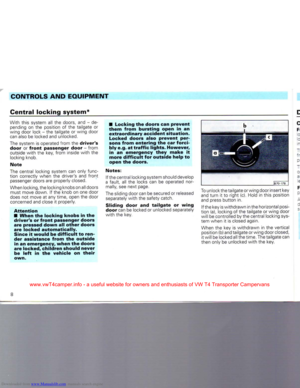 10
10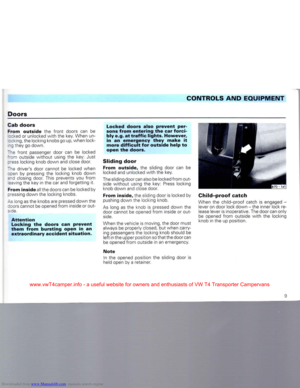 11
11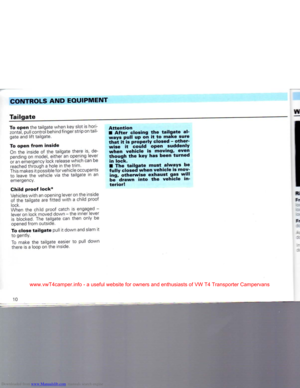 12
12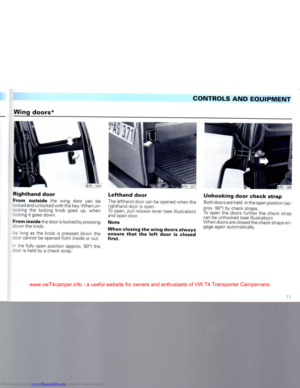 13
13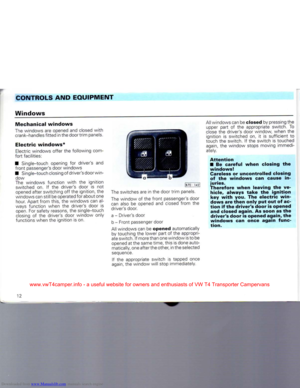 14
14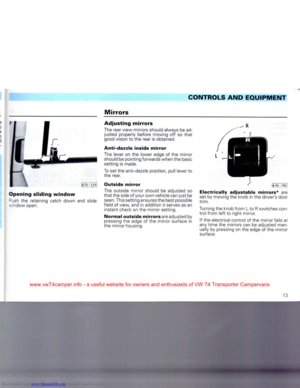 15
15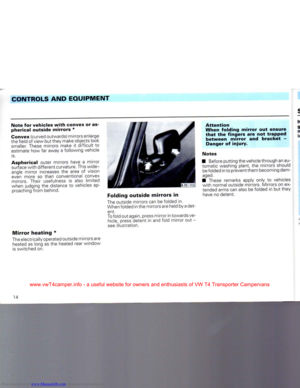 16
16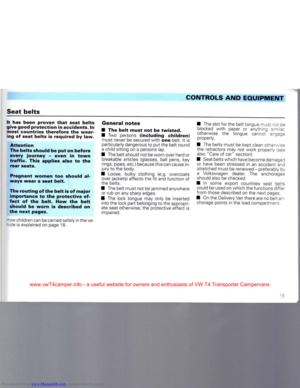 17
17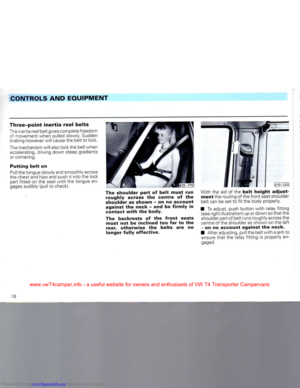 18
18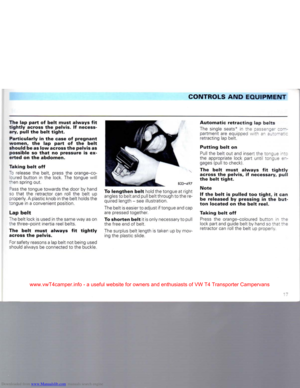 19
19 20
20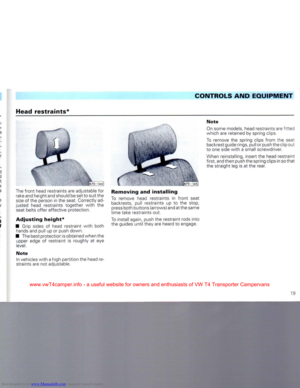 21
21 22
22 23
23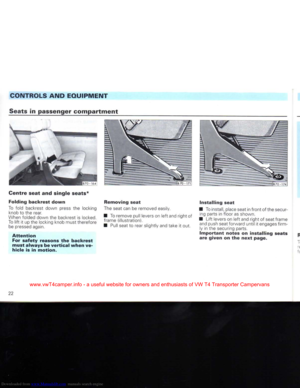 24
24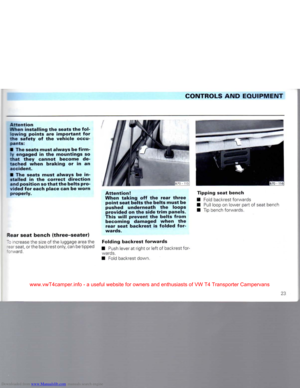 25
25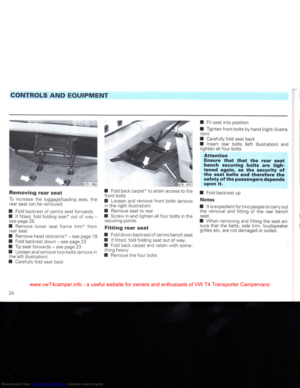 26
26 27
27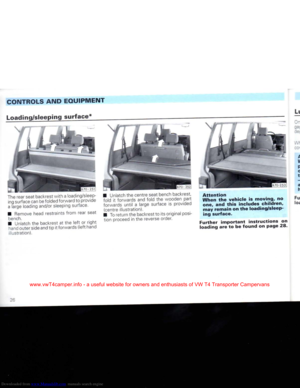 28
28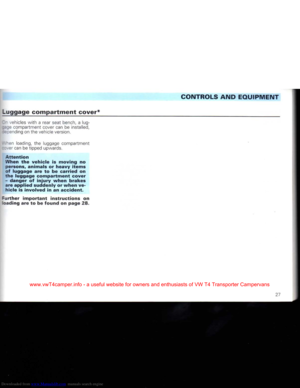 29
29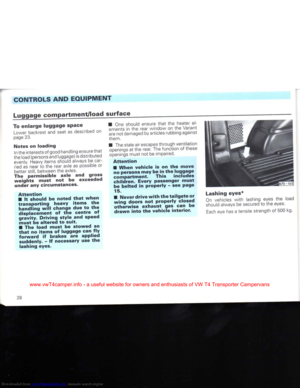 30
30 31
31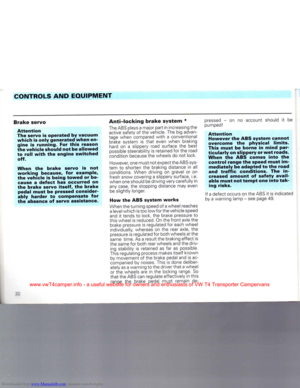 32
32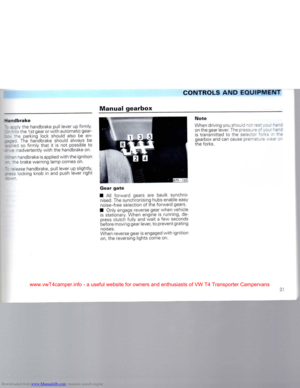 33
33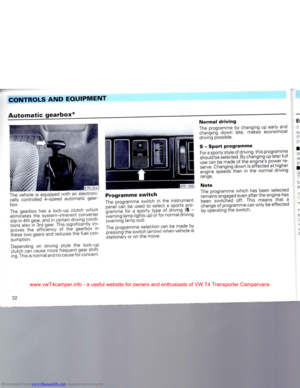 34
34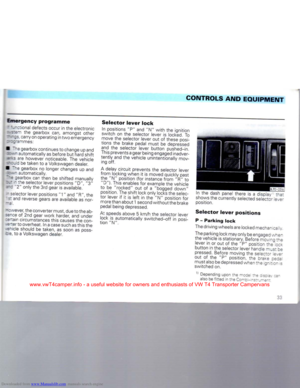 35
35 36
36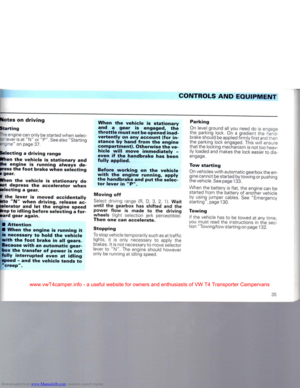 37
37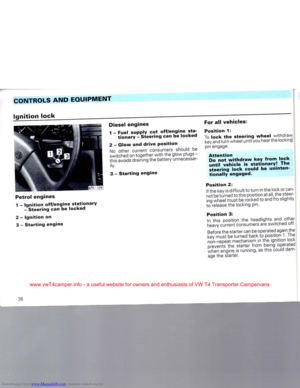 38
38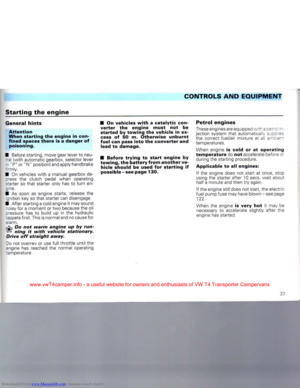 39
39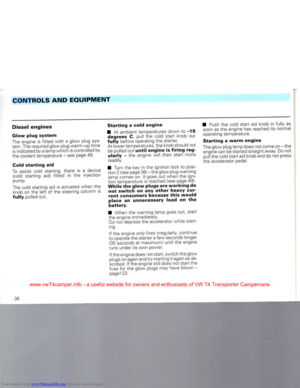 40
40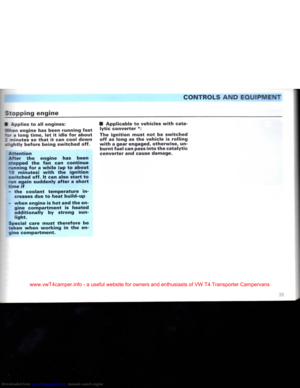 41
41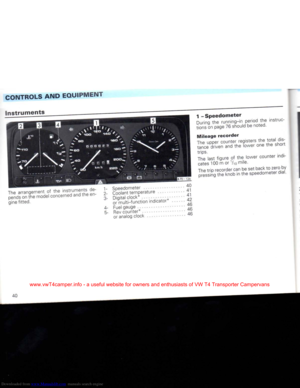 42
42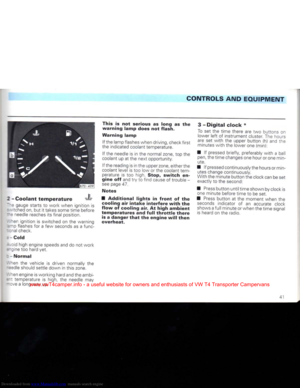 43
43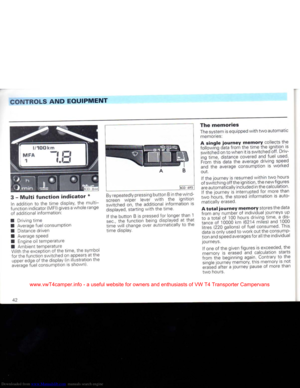 44
44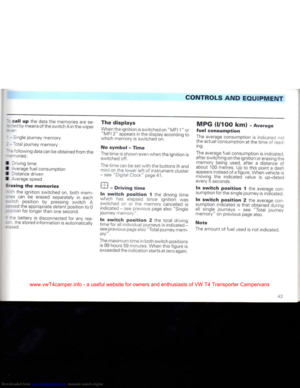 45
45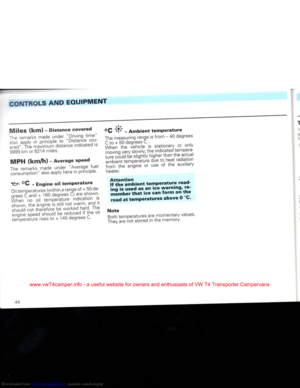 46
46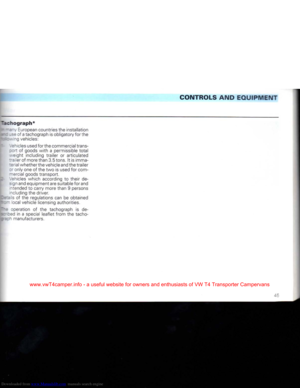 47
47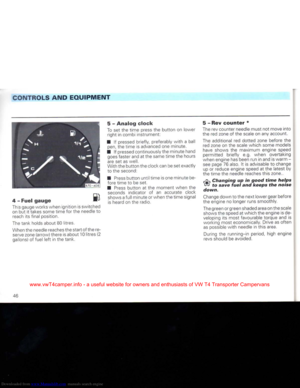 48
48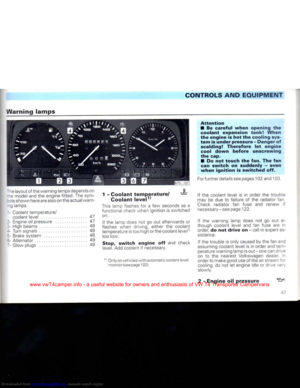 49
49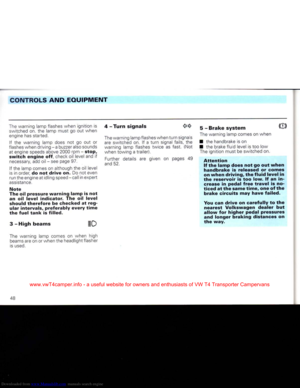 50
50 51
51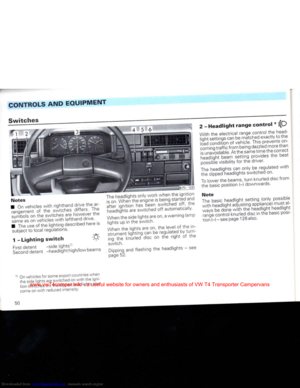 52
52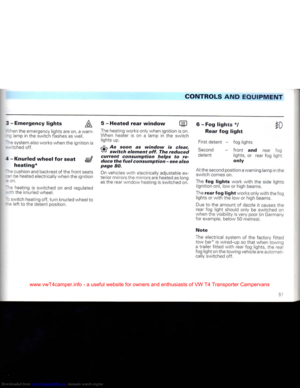 53
53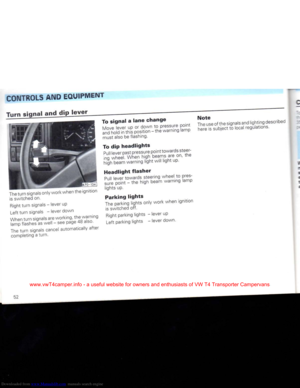 54
54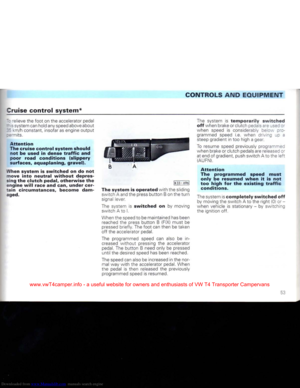 55
55 56
56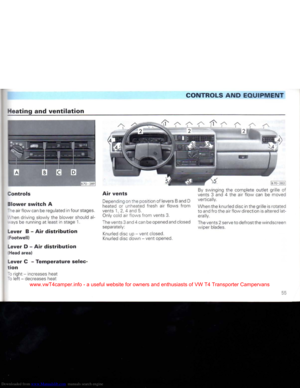 57
57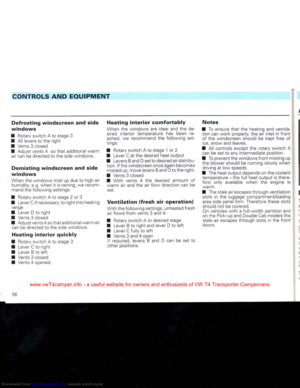 58
58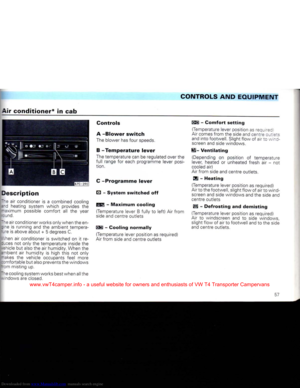 59
59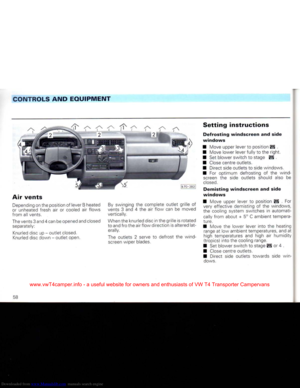 60
60 61
61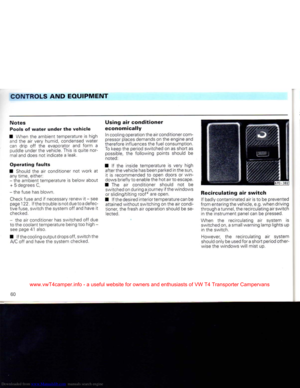 62
62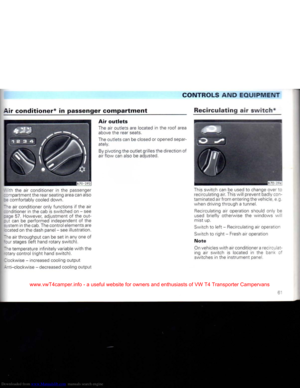 63
63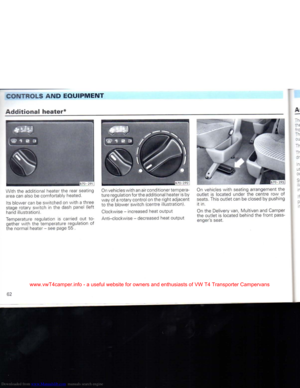 64
64 65
65 66
66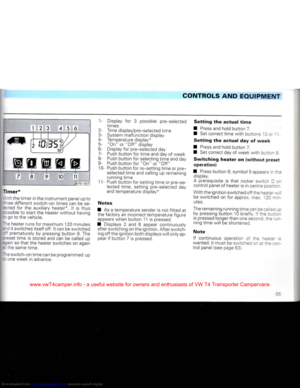 67
67 68
68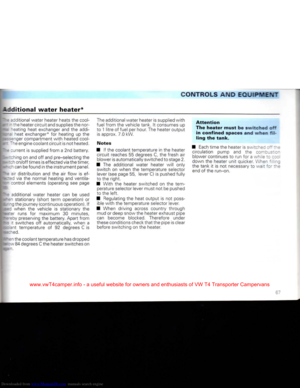 69
69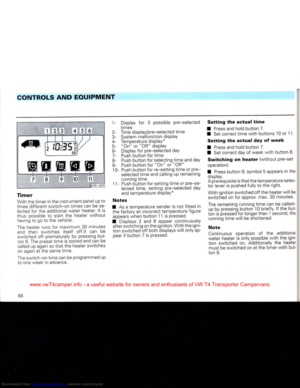 70
70 71
71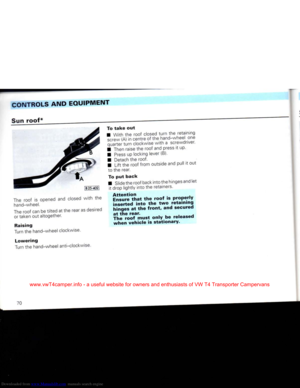 72
72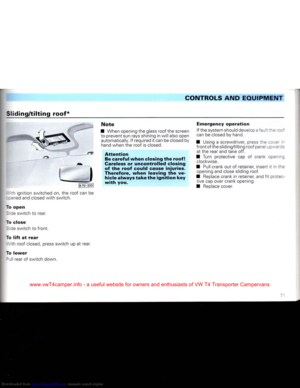 73
73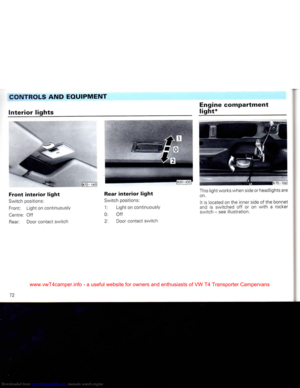 74
74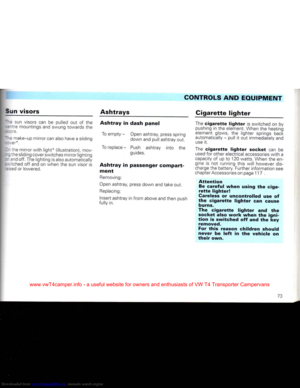 75
75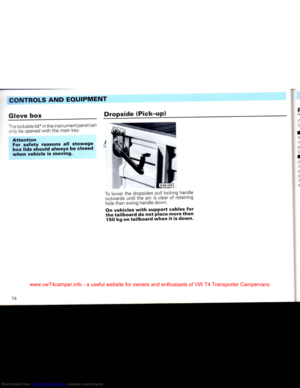 76
76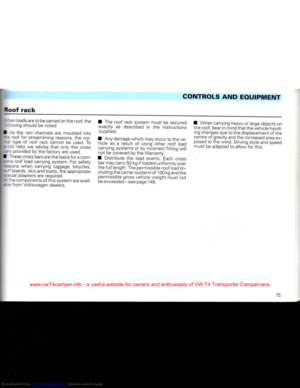 77
77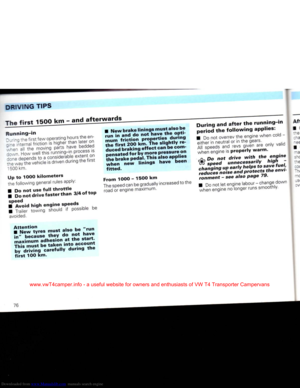 78
78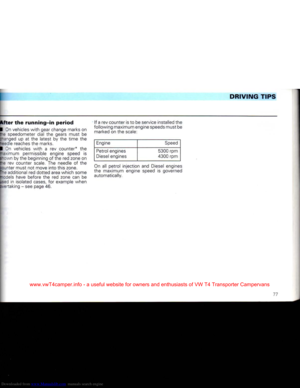 79
79 80
80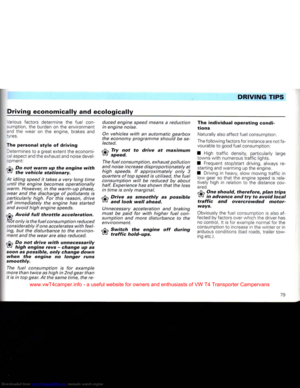 81
81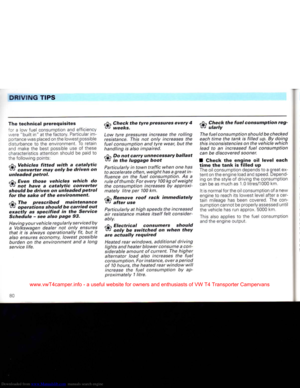 82
82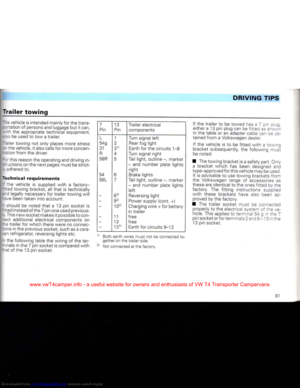 83
83 84
84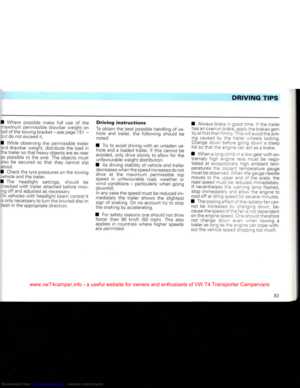 85
85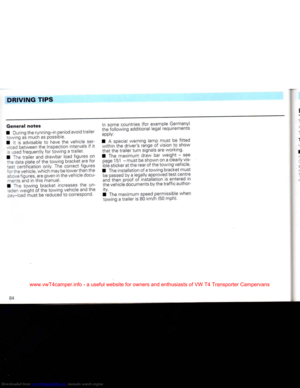 86
86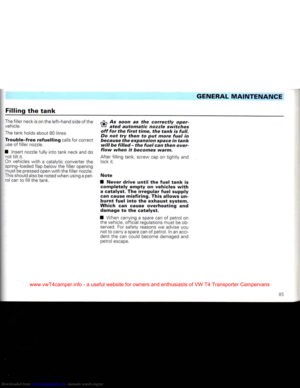 87
87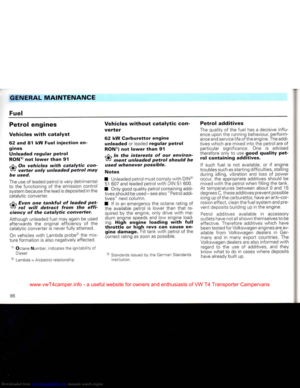 88
88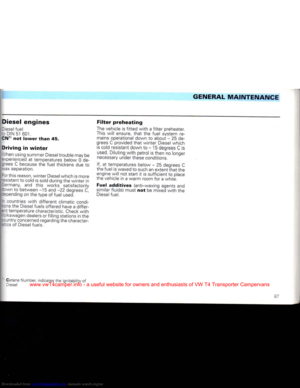 89
89 90
90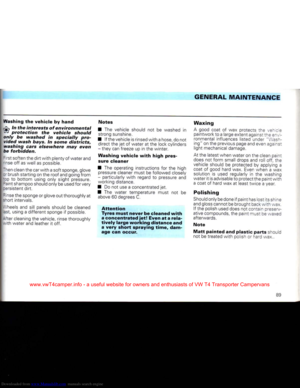 91
91 92
92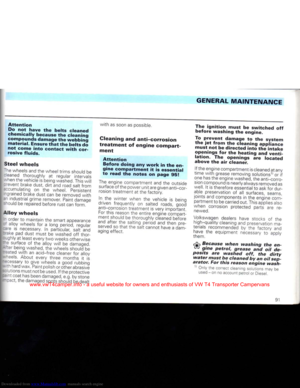 93
93 94
94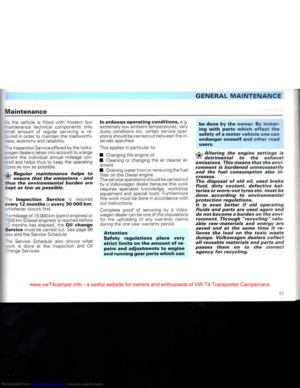 95
95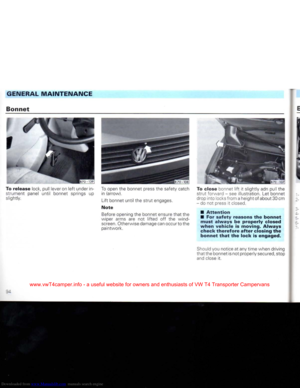 96
96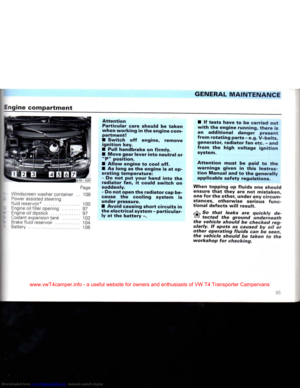 97
97 98
98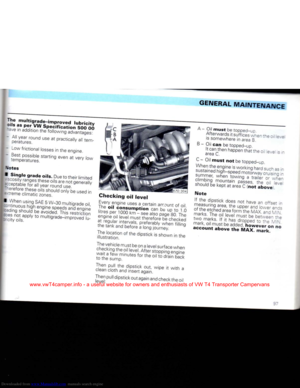 99
99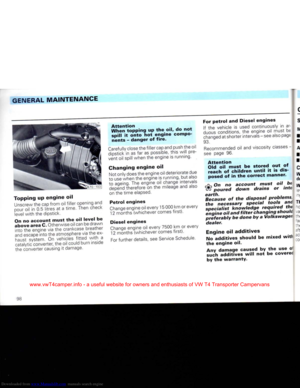 100
100 101
101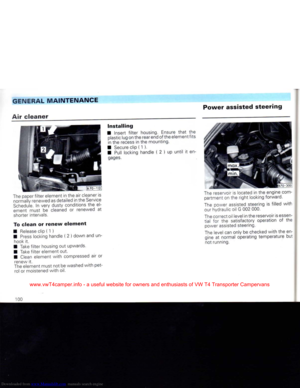 102
102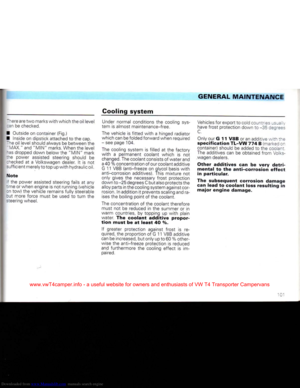 103
103 104
104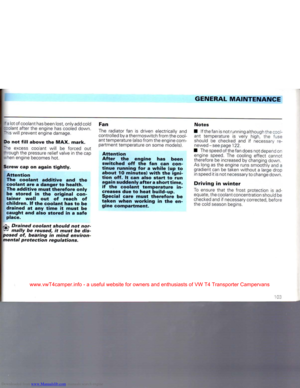 105
105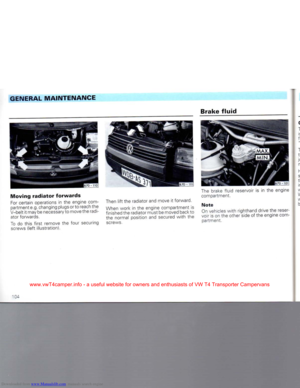 106
106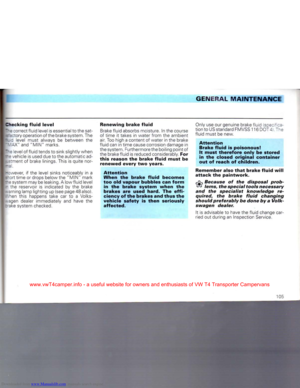 107
107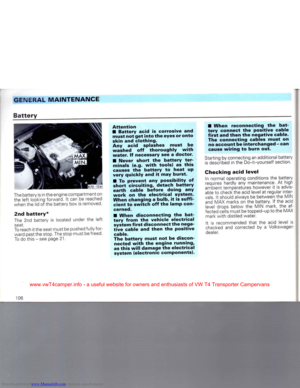 108
108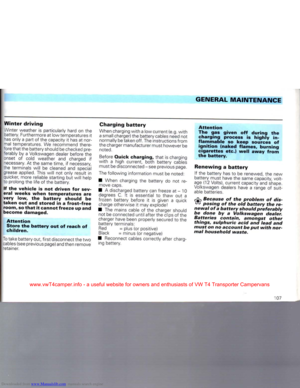 109
109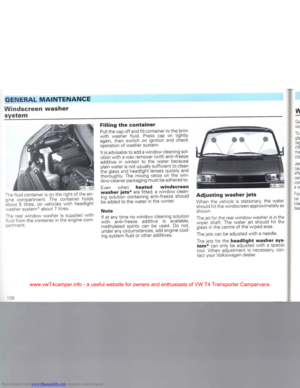 110
110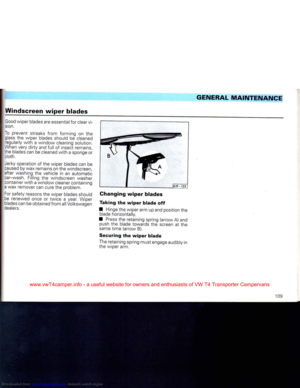 111
111 112
112 113
113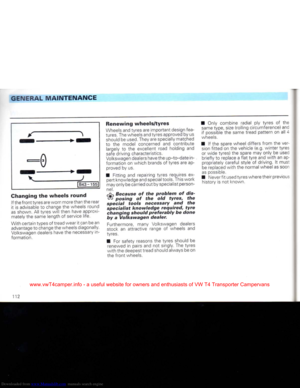 114
114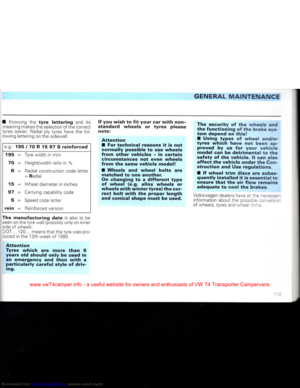 115
115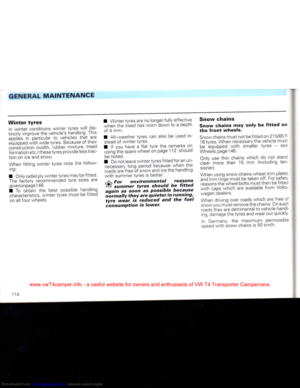 116
116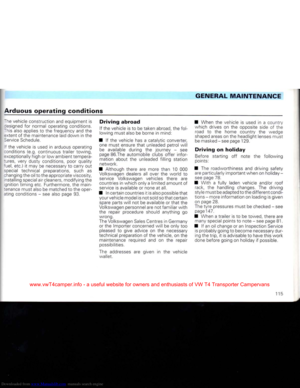 117
117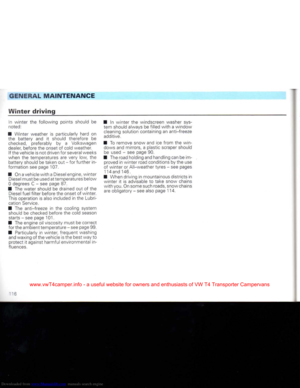 118
118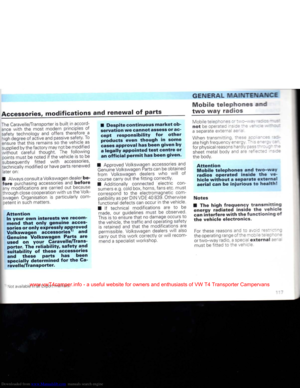 119
119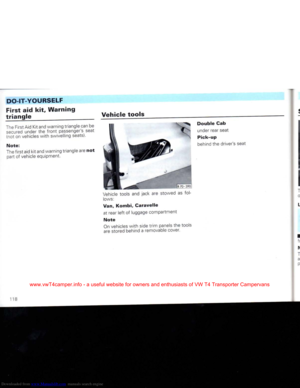 120
120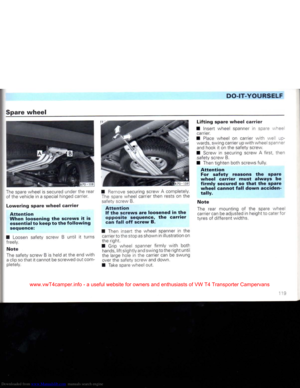 121
121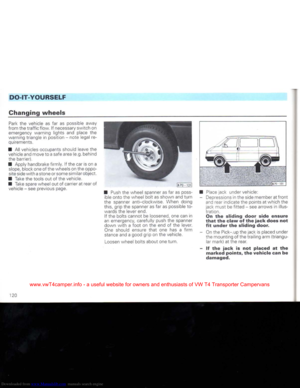 122
122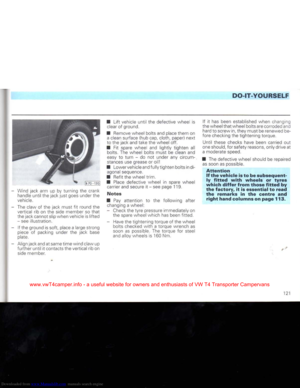 123
123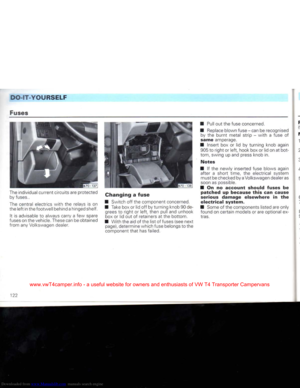 124
124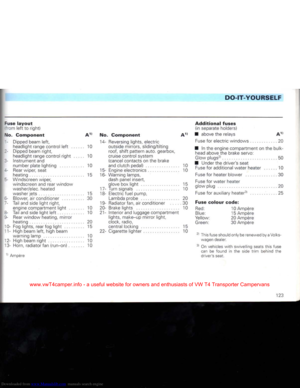 125
125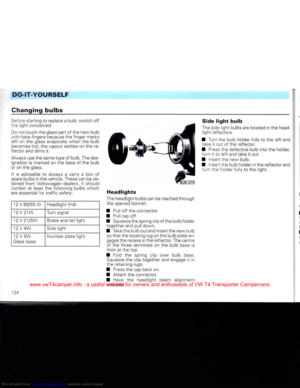 126
126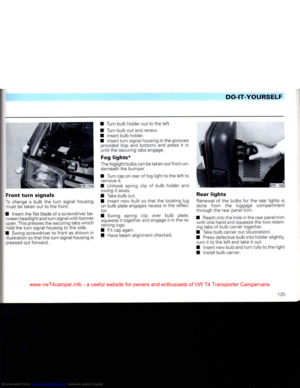 127
127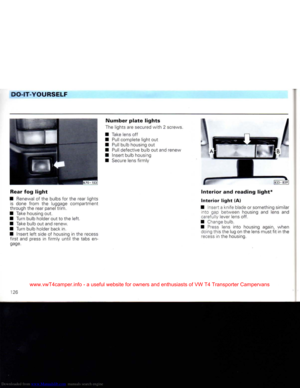 128
128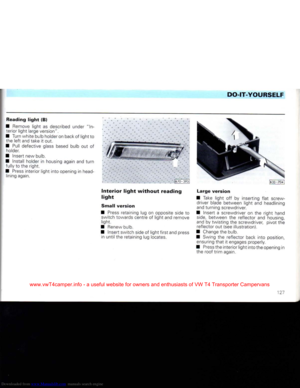 129
129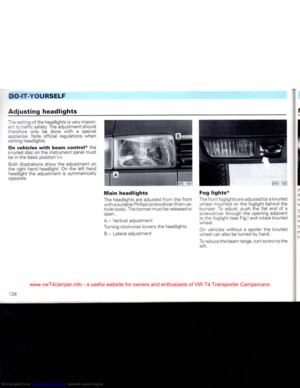 130
130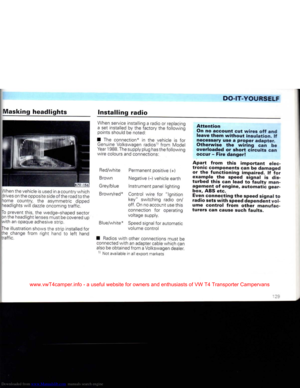 131
131 132
132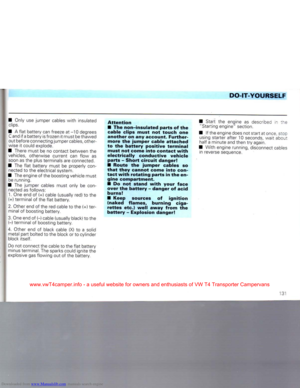 133
133 134
134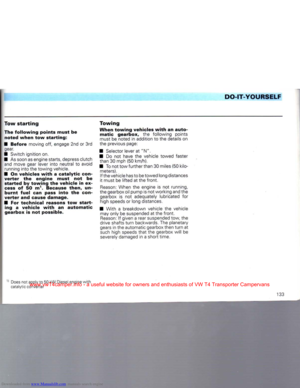 135
135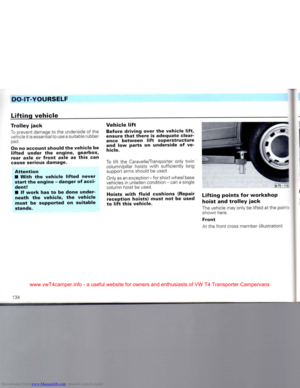 136
136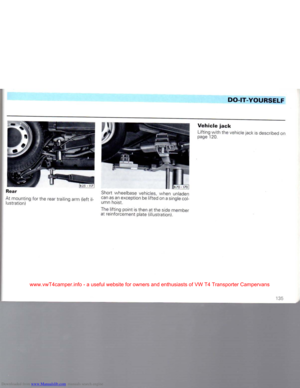 137
137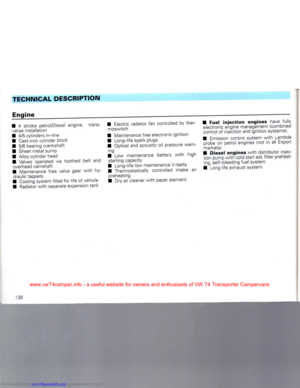 138
138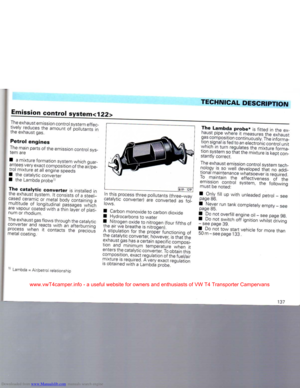 139
139 140
140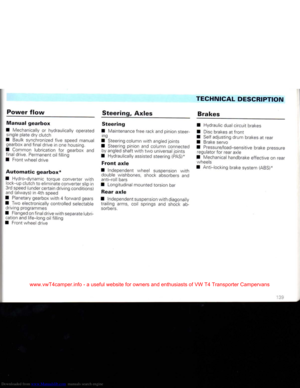 141
141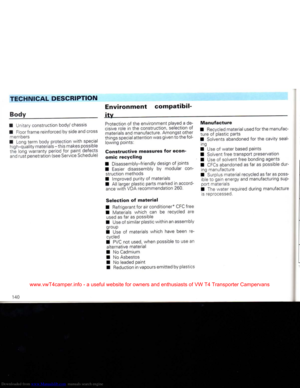 142
142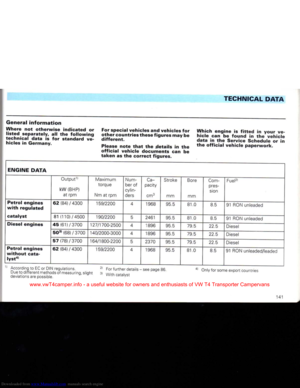 143
143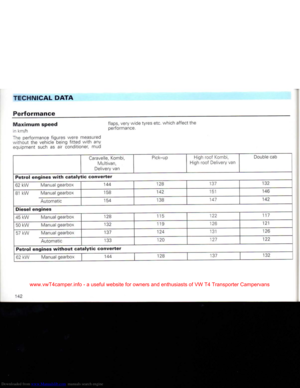 144
144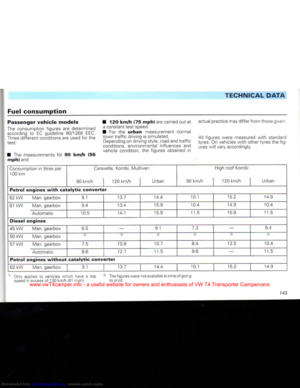 145
145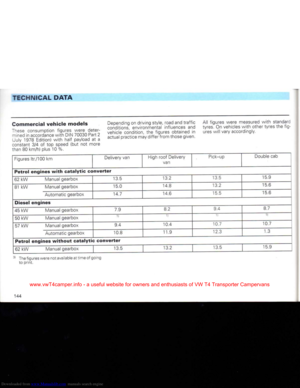 146
146 147
147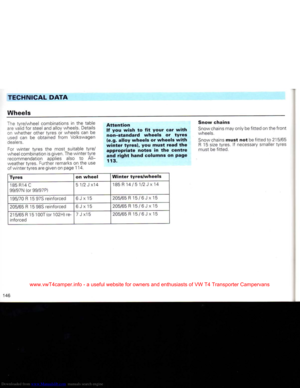 148
148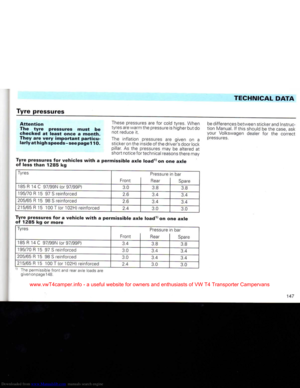 149
149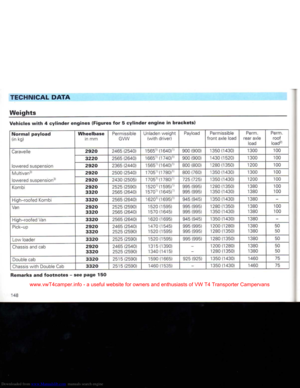 150
150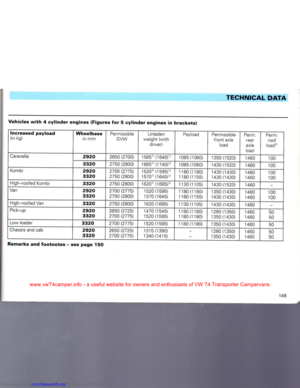 151
151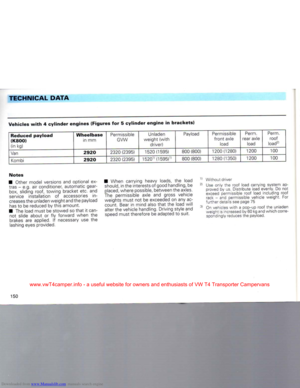 152
152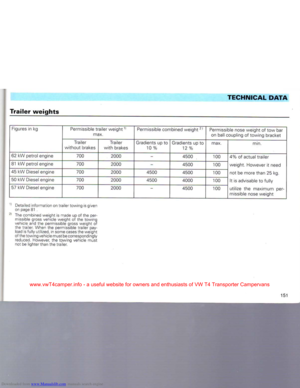 153
153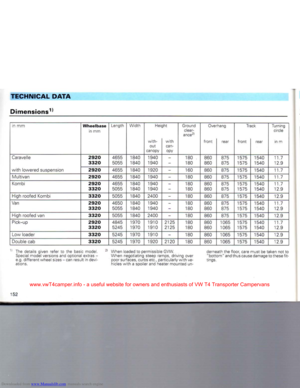 154
154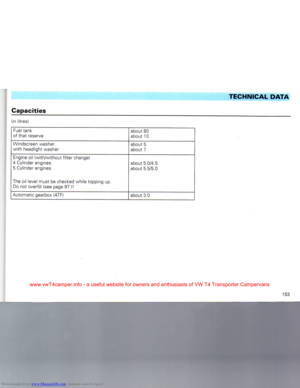 155
155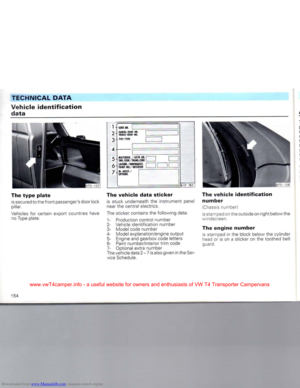 156
156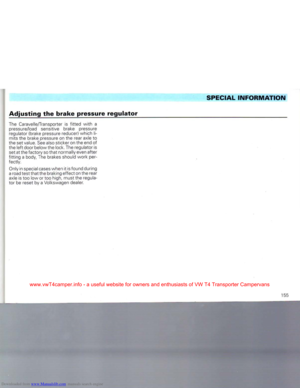 157
157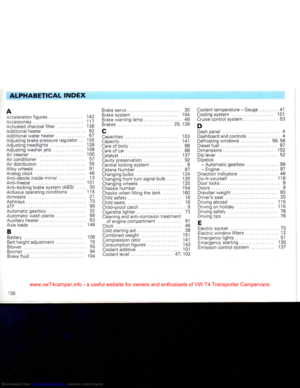 158
158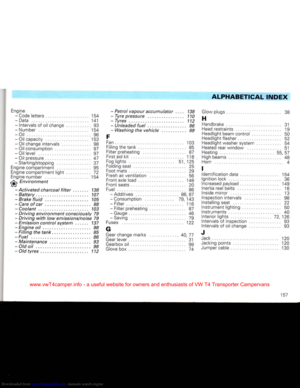 159
159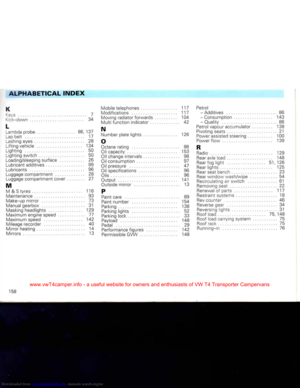 160
160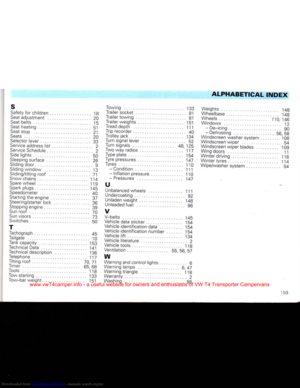 161
161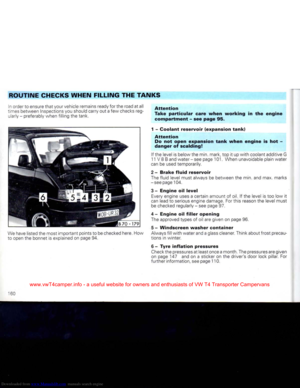 162
162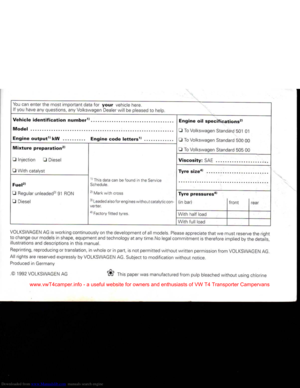 163
163






